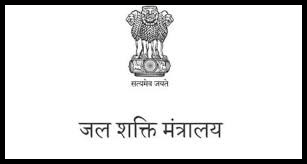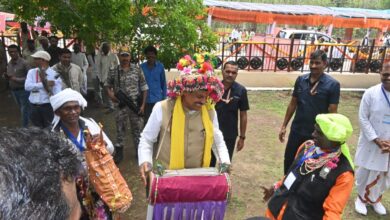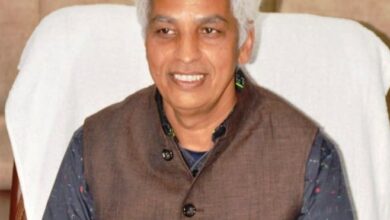
Water resources projects, including rainwater harvesting and water conservation, renovation of traditional water bodies and tanks, reuse of water and recharge structures, watershed development and afforestation, etc. are planned, funded, executed and maintained by the State Governments themselves as per their own resources and priorities. Role of Government of India is limited to being catalytic, providing technical support and in some cases partial financial assistance in terms with the ongoing schemes of Government of India.
Some of the initiatives taken by Government of India, to supplement the efforts of the State Governments in this regard, are as below:
- Under Pradhan Mantri Krishi Sinchayee Yojana (PMKSY), financial assistance is being provided, inter-alia, for
- Repair, renovation and restoration of water bodies.
- Development of ground water based irrigation in sustainable regions.
- Integrated development of rainfed areas towards soil and water conservation.
- Regeneration of ground water, and arresting runoff.
- Promoting extension activities relating to water harvesting & management.
- Promoting efficient water conveyance and precision water application devices like drips, sprinklers, pivots, rain-guns in the farm.
- Construction of micro-irrigation structures to supplement source creation activities.
- Central Ground Water Board (CGWB), is entrusted with the responsibilities of providing scientific inputs for management, exploration, monitoring, assessment, augmentation and regulation of ground water resources of the country. Several guidelines and manuals have been prepared for rainwater harvesting.
- Ministry of Environment, Forest and Climate Change (MoEFCC) is implementing plantation/afforestation schemes in the forest areas with participatory approach.
- In 2019, Jal Shakti Abhiyan was launched by the Government. This was followed in 2021, by “Jal Shakti Abhiyan: Catch The Rain” (JSA:CTR) campaign. Focused interventions under these annual campaigns taken up by the Government of India and the State Governments, include rainwater harvesting & water conservation, enumerating, geo-tagging & making inventory of all water bodies; preparation of scientific plans for water conservation, setting up Jal Shakti Kendras in all districts, intensive afforestation, and awareness generation. Activities such asrenovation of traditional and other water bodies/ tanks, enumeration, geo-tagging and making inventory of all water bodies, and removal of encroachments of tanks/ lakes, and de-silting of tanks, are also included under JSA:CTR.
- Government has launched the first Census of Water bodies in convergence with the Sixth round of Minor Irrigation Census (reference year 2017-18), under the Centrally Sponsored Scheme- “Irrigation Census”. The objective of the Census of Water bodies is to develop a national database of all water bodies in the country.
- Mahatma Gandhi National Rural Employment Guarantee Scheme (MNREGS) has provisions for public works relating to natural resource management, water conservation and water harvesting structures to augment and improve ground water like underground dykes, earthen dams, stop dams, check dams and roof top rain water harvesting structures in public buildings.
- Rejuvenation of water bodies, including traditional water bodies, is also a component under Water Supply sector of Atal Mission for Rejuvenation and Urban Transformation (AMRUT) Scheme under Ministry of Housing & Urban Affairs. Further, AMRUT 2.0 launched in October, 2021, with a total outlay targets to promote circular economy of water through development of city water balance plan for each city focusing on recycle/reuse of treated sewage, rejuvenation of water bodies and water conservation.
This Information was given by the Minister of State for Jal Shakti, Shri Bishweswar Tudu in a written reply in Rajya Sabha today.



